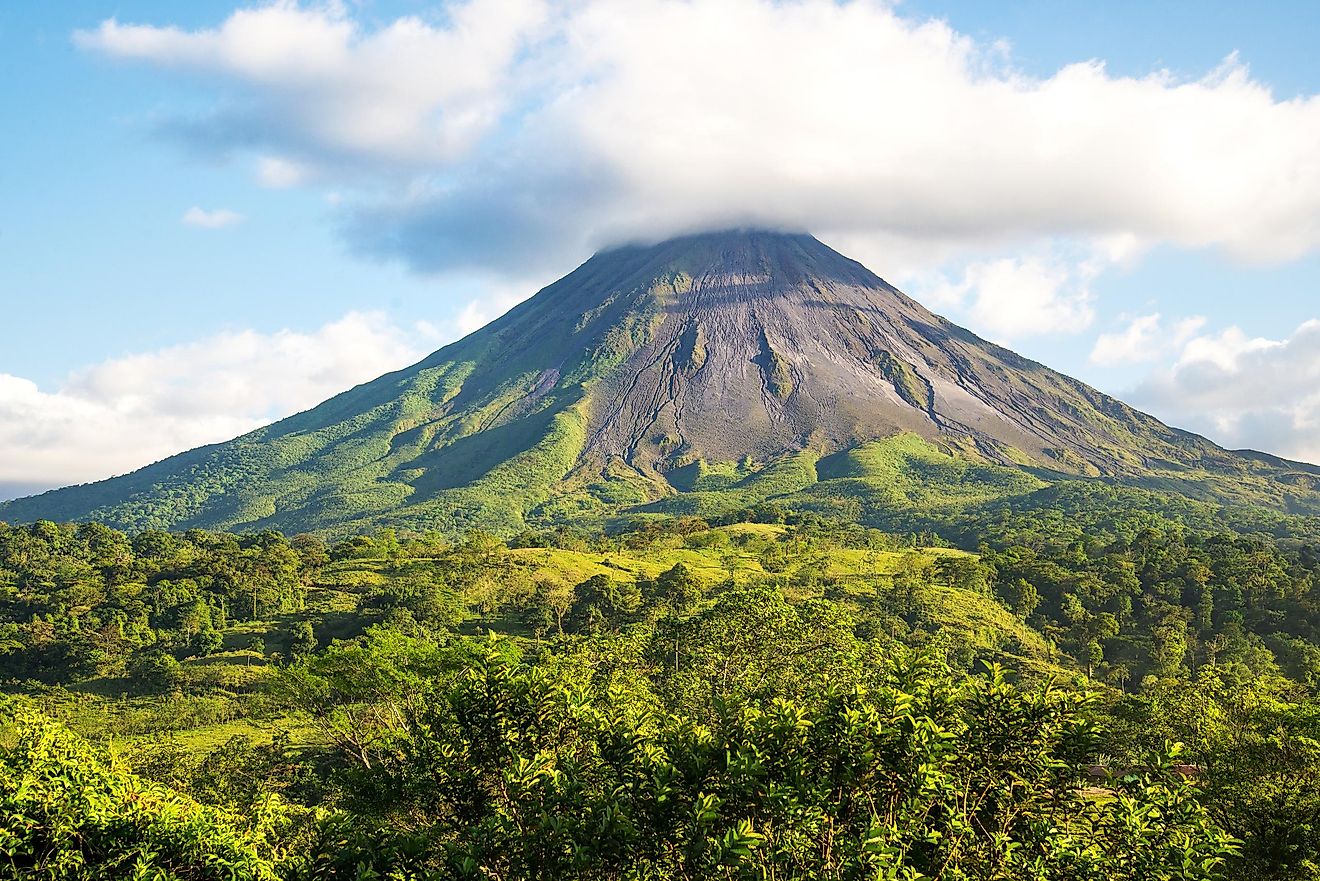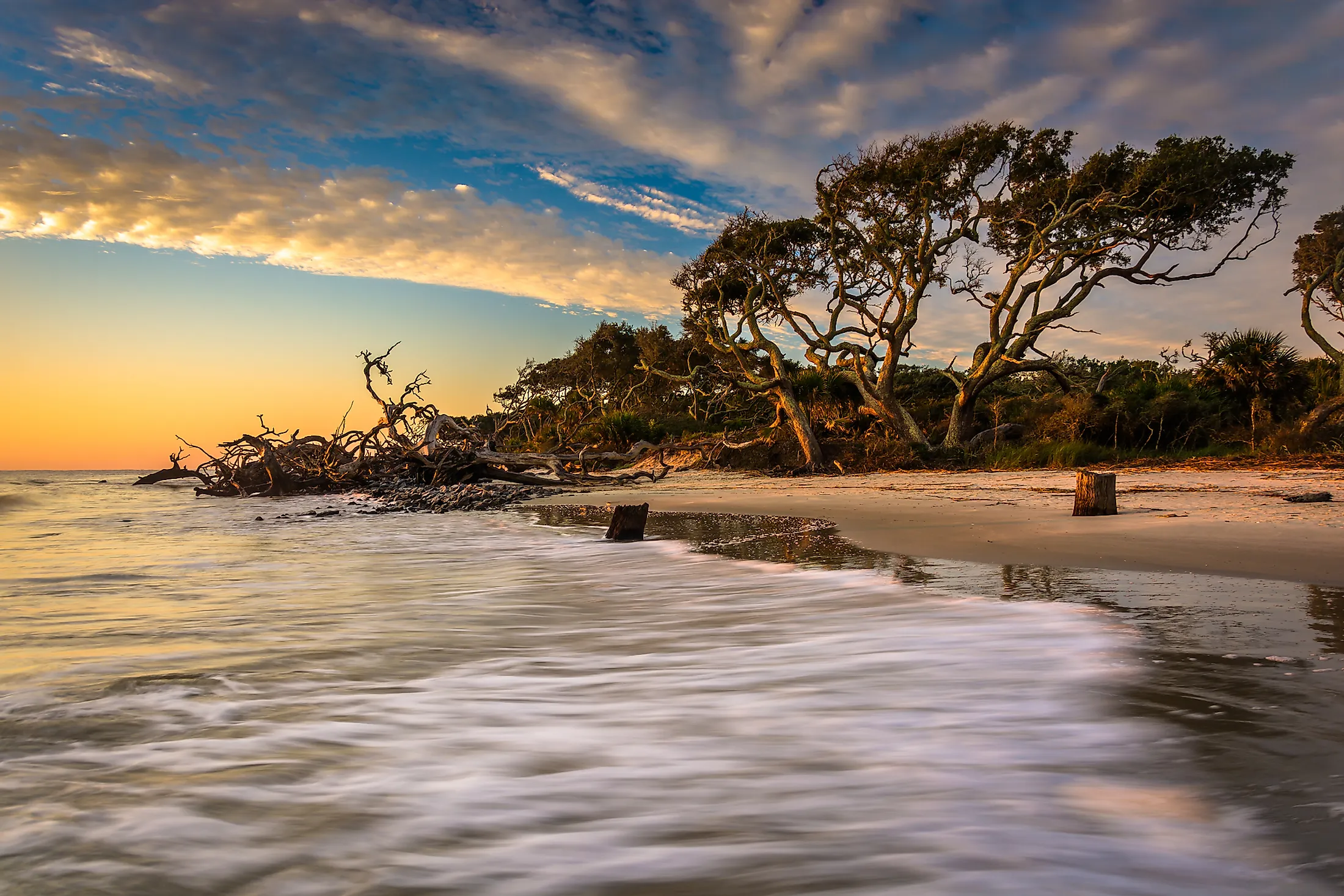
Jekyll Island, Georgia
Jekyll Island is located in Glynn County, off Georgia, United States. It is one of the Sea Islands and also one of the barrier islands of the Golden Isles of Georgia. Jekyll Island was long used seasonally by the indigenous people of the region, then occupied by white settlers, and purchased later by the State of Georgia.
Geography Of Jekyll Island
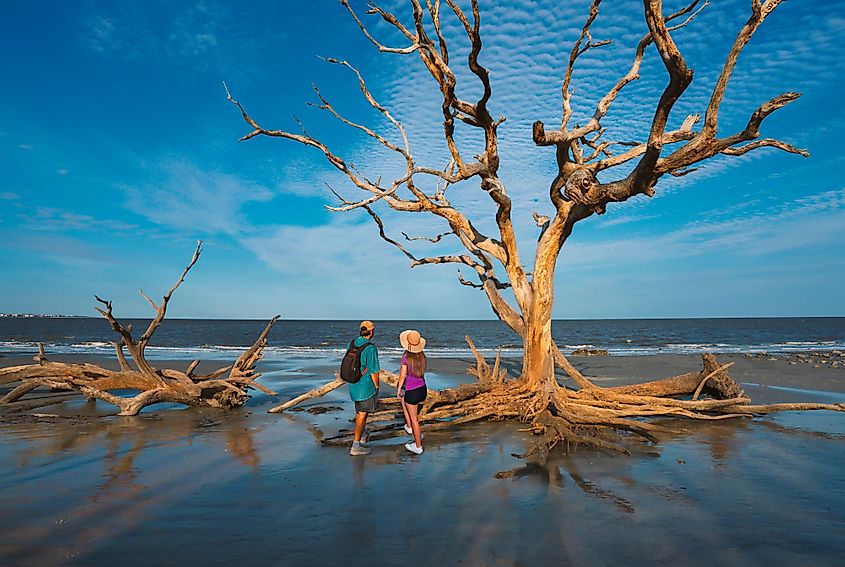
Jekyll Island is located southeast of Brunswick, south of St. Simons Island. It is one of Georgia’s barrier islands and covers around 23 sq. km of land, including 18 sq. km of the solid earth and a 0.8 sq. km Jekyll Island Club Historic District. Jekyll Island measures about 11 km in length and 2.4 km in width. The western shore of Jekyll Island consists mainly of tidal marshlands. On the other hand, the eastern shore has flat beaches suitable for walking and biking and boasts 32 km of hiking trails.
Wildlife On Jekyll Island
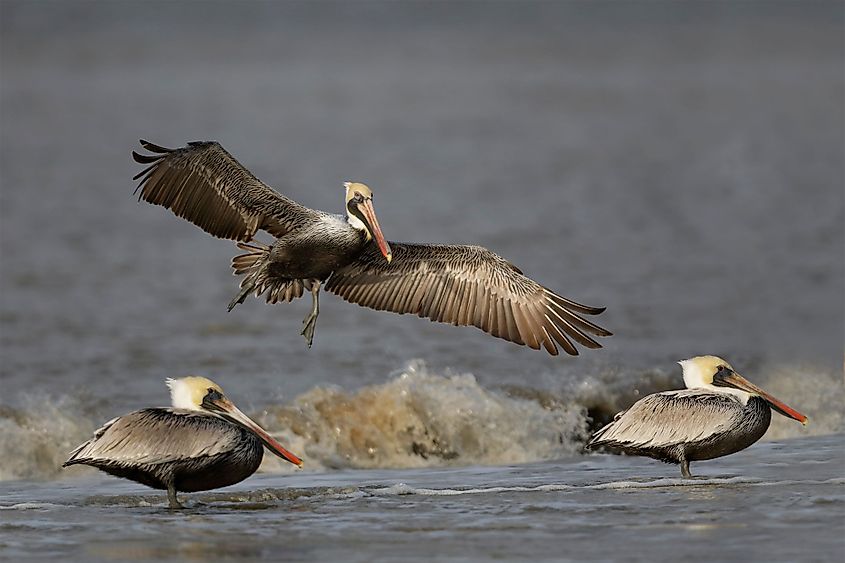
The rich salt marshes of Jekyll Island are home to various birds and other wildlife. Avocets, whimbrels, and black-bellied plovers are frequently seen on the island's western shore. Mammals found on Jekyll Island include marsh rabbits, raccoons, white-tailed deer, gray foxes, and eastern gray squirrels. Marine life is as diverse, and short-finned pilot whales and bottle-nosed dolphins can be seen offshore. The island is also home to many plants, including the swamp rose mallow - the rarest plant on the island referred to as Hibiscus grandiflorus.
Tourist Attractions And Activities On Jekyll Island
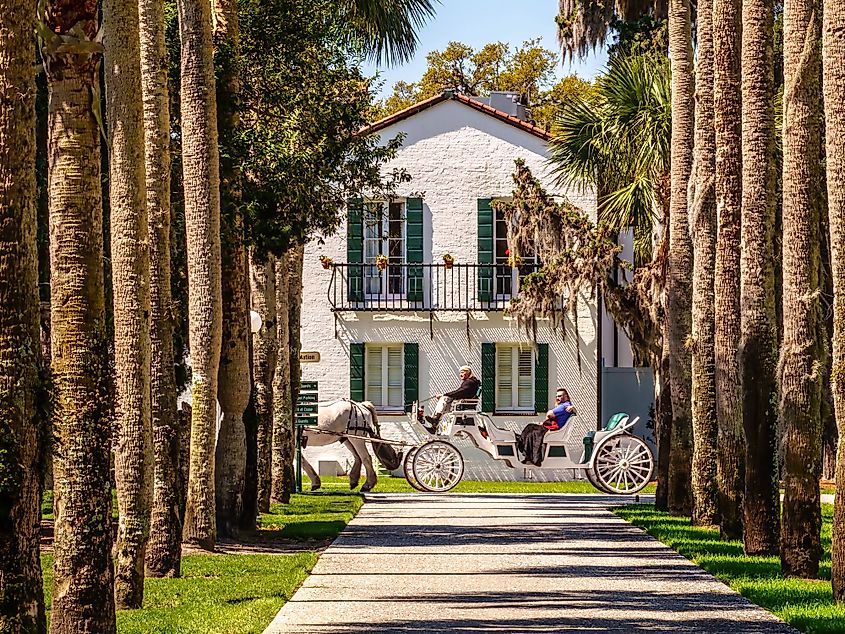
Jekyll Island has a legacy of entertaining its guests with miles of sun-drenched beaches and four award-winning golf courses. The island offers a wide range of activities and landmarks for everyone. Biking is one of the favorite activities on the island. Visitors enjoy more than 30 kilometers of picturesque paths and trails around dunes, beaches, and historic sites.
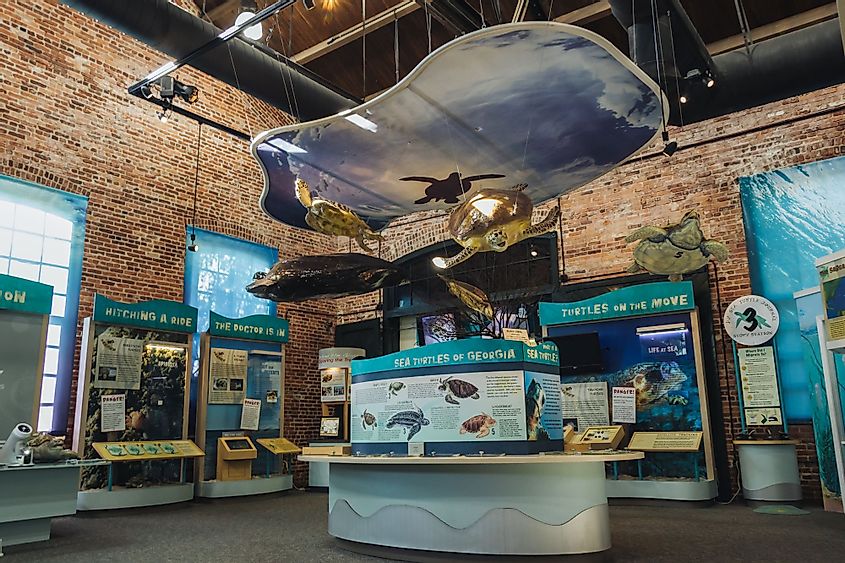
Water activities enthusiasts visit the 4-H Tidelands Nature Center, which offers kayak tours, Island nature walks, and even an exhibit gallery featuring live coastal species such as horseshoe crabs, sea turtles, snakes, and alligators. Visitors to Jekyll Island can enjoy a tour through the maritime forest, visit Georgia’s only rehabilitation center for endangered sea turtles, take a bike ride through the Historic District, and watch the dolphins play while on a guided kayak excursion.
History Of Jekyll Island
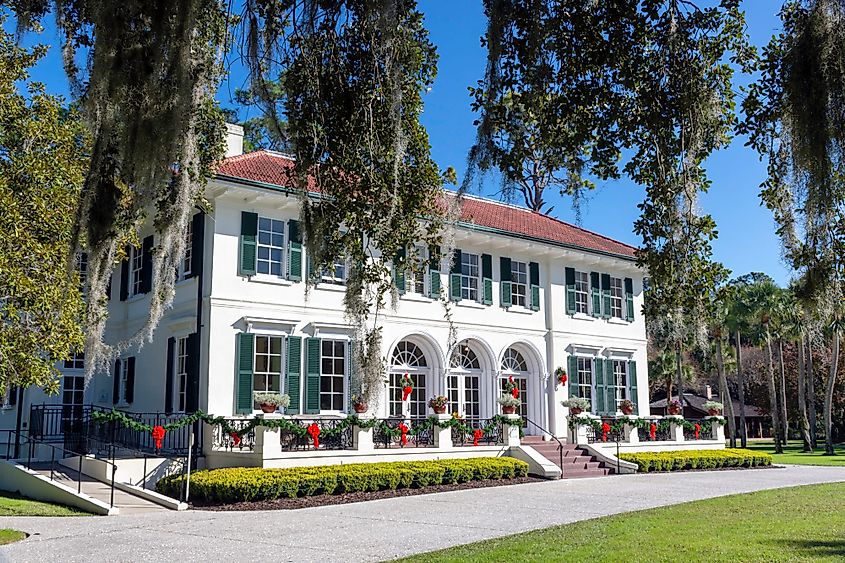
The first occupants of Jekyll Island were probably a small group of Native American hunter-gatherers, sometime during the Archaic Period in 2500 B.C. These groups of Native Americans appear to have been composed of small family units and occupied parts of the island on a seasonal basis. They produced fiber-tempered pottery vessels and lived on the island's natural resources. By 1540 A.D., the Guale Indians had populated the Georgia coast. The first European settlements on Jekyll Island may have occurred during the late 16th century. The Spanish explored the region through a chain of Spanish missions established along the Georgia coast during that period. The Spanish name for Jekyll was Isle de Ballenas which translated to “Island of Whales” because of the large number of right whales off the island in the Gray’s Reef area. Although archeologists couldn’t find evidence of definable occupation by the Native Americans in the area, there is strong evidence that the Spanish explored and had contact with the native people on Jekyll Island during that period.
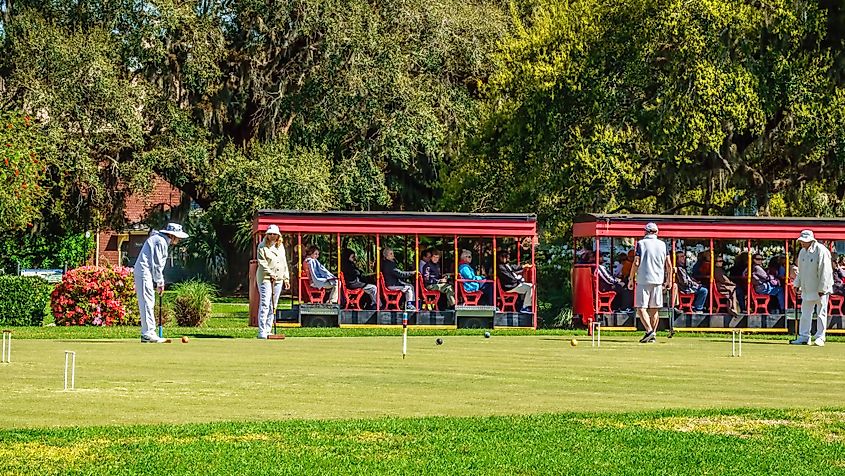
In 1733, James Oglethorpe, along with the passengers aboard the Anne, established the English colony of Georgia on Yamacraw Bluff, nowadays Savannah. The British colony grew quickly and got in immediate conflict with the Spanish colony of Florida to the south. As a result, Oglethorpe began recruiting men from England to serve as soldiers in Georgia’s defense. Among those men, William Horton was chosen by Oglethorpe to dispatch to St. Simons Island to construct the town and defenses at Frederica with other thirty soldiers. Frederica began to take form under the leadership of Oglethorpe, and Horton was promoted to the rank of Major for the services he did and was placed in command of the troops garrisoned in the area. Horton was granted two sq. km of land by the colony's trustees, and in April 1736, he set out from Frederica to the neighboring island of Jekyll to stake his claim. Jekyll was the name given to the region in honor of Sir Joseph Jekyll, a supporter of Oglethorpe’s efforts to establish the colony of Georgia. By 1737, Horton had established residency on Jekyll and started raising cattle. He died in 1748, and the remains of the house he built are among the oldest structures in Georgia. Jekyll had several owners over the next few decades, including Clement Martin, Raymond Demere, and Richard Leake. In 1792, the Sapelo Company, which was made up of four French landowners, purchased Jekyll. Among those owners was Christophe Poulain DuBignon, who owned the whole island by 1800. DuBignon and his descendants were the principal owners of Jekyll until 1886, with agriculture as the primary activity on the island. Although the U.S. government had banned importing enslaved Africans in 1808, the smuggling of enslaved people did not stop. On November 29, 1858, the Wanderer, owned by Savannah businessman Charles Lamar, unloaded its cargo of 409 captives on Jekyll. This cargo was one of the last to carry enslaved African people into the United States.
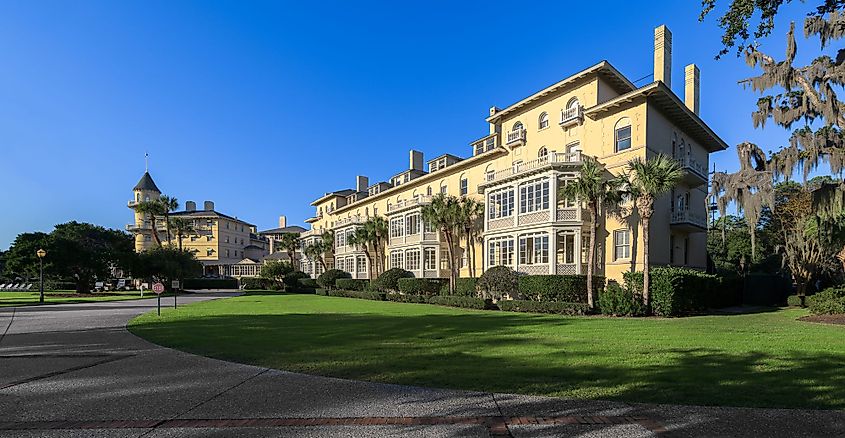
John Eugene DuBignon and his brother-in-law Newton Finney developed the Jekyll Island Club. The club flourished into the 1930s until the Great Depression struck and changed people’s priorities. World War II was the final blow to the club as it opened in 1942 but closed early due to financial problems. Melvin E. Thompson became Governor in 1947, and under his administration, the state purchased Jekyll Island through a condemnation order on October 7, 1947. Jekyll Island has become renowned for preserving its natural and historic resources. It is open to the public who visit the island in thousands every year. In 1972, the Jekyll Island Historic District was listed on the National Register of Historic Places and was later elevated to National Historic Landmark status in 1978. In 2002, archaeologists went to excavate the Horton House, looking for evidence of other structures and artifacts.
